High-quality interior car lights improve your vehicle’s looks and help you see the inside of the cabin at night. In this article, you’ll learn about their different types and what you should consider when shopping for replacements.
What Are Interior Car Lights?
Car interior lights refer to automotive lights found in your vehicle cabin, on your doors, and even in your trunk. Most vehicles are fitted with the same types of interior lighting. However, you can further customize your car by changing bulb colors or adding accent lights to your ride.
Types of Interior Car Lights
Shopping for different interior car lights can be a bit overwhelming. There are many types of interior lights available on the market, and it can be difficult for a first-time buyer to identify which one fits their vehicle best. Here are the most common types of interior car lights:
Dome Lights
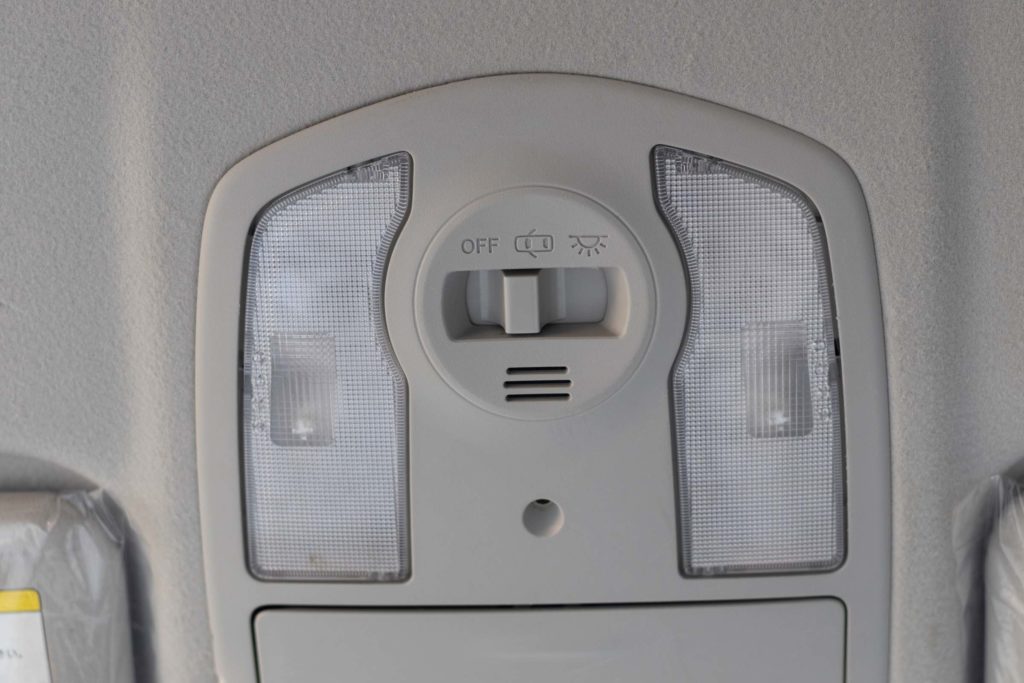
Dome lights are attached to the interior roof of your vehicle. Also called courtesy lights, these illuminate your cabin upon entering or exiting your vehicle. These lights usually switch on and off automatically when the doors are opened and closed.
If one of the doors isn’t closed all the way or the sensor connected to the dome light is damaged, there’s a possibility that the light might stay on.
Most dome lights are integrated into the headlight switch, which can cause the dome light to turn on when the headlights are at their highest setting. Some dome lights have a separate control module.
Aftermarket accessories like security alarms and remote start systems can also affect dome light operation.
If one of the doors isn’t closed all the way or the sensor connected to the dome light is damaged, there’s a possibility that the light might stay on.
Most dome lights are integrated into the headlight switch, which can cause the dome light to turn on when the headlights are at their highest setting. Some dome lights have a separate control module.
Aftermarket accessories like security alarms and remote start systems can also affect dome light operation.
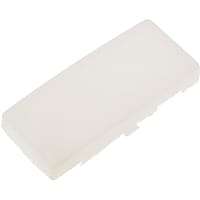 Dorman Dome Light
Dorman Dome Light
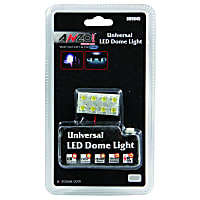 Anzo Dome Light
Anzo Dome Light
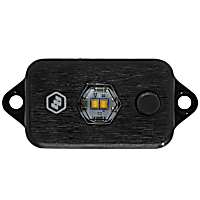 Baja Designs Dome Light
Baja Designs Dome Light
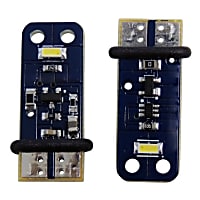 RT Off-Road Dome Light
RT Off-Road Dome Light
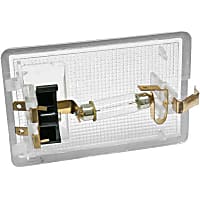 GenuineXL Dome Light
GenuineXL Dome Light
Trunk Lights

The trunk light illuminates the inside of your rear compartment when the lid is open. It’s usually a tiny bulb installed on the upper part of your vehicle’s trunk.
It usually has a long lifespan since it only illuminates when the trunk is open. In rare cases, sudden impact can break the filament, damaging the inside of your trunk light.
Some vehicle owners choose to customize their rear compartment with custom LED trunk lights. These lights are visible from the outside of your trunk.
Door Lights

Door lights help you get in and out of your vehicle even when there are no other activated lights in the cabin.
Map Lights

These lights are additional lights that make it easier for your passenger to read a book, map, or document. You might switch this light on to check if you have cash in your wallet or plug in your car charger before going on your way.
Accent Lights

These accessory lights accentuate certain parts of your vehicle’s interior. You can customize your dashboard by adding LED light strips in different colors. You can also install these lights in the backseat.
Factors to Consider When Shopping for Interior Lights
Here are the factors you should consider when buying interior vehicle lights:
Color
Most LED lights come with red, yellow, white, or purple color spectrums. Consider the location of these lights and how it blends with the rest of your interior.

Bulb Type
When buying any automotive lighting, you should consider the type of bulb you want to use because different light sources have varying lifespans. LEDs generally last longer than halogen bulbs and are more cost-efficient in the long run.
Light Output
Another thing to consider when shopping for car lights is how much light they emit. The light output of each bulb is measured in Lumens. Check how bright you want your cabin or trunk to be before finalizing your purchase.
Brand

If you already have a trusted brand in mind, it’s a wise choice to buy an interior light from it. You should also check out product reviews and purchase from reliable online parts stores like CarParts.com.
Is It Legal to Drive with LED Interior Car Lights On?
Different states have varying traffic laws. It’s best to check your local traffic laws before driving with any interior lights on. Only activate customized LED strip lights when your vehicle is stationary. These lights might impede your ability to see the road clearly at night, leaving you vulnerable to accidents.
Malfunctioning Interior Car Lights
Wiring issues and blown fuses are the most common reasons why some interior lights might not work as they should.
Before you head to the nearest auto repair shop, there are a couple of things you can do to try and resolve the issue on your own.
- If one of the lights is dimmer than the rest, try rotating the bulb.
- Check the door jamb switch. In most cases, a defective switch can affect the operation of interior lights.
- If one of the lights isn’t working, check the others as well. If the other lights are working, you might be dealing with a blown fuse.
Troubleshooting Malfunctioning Interior Lights
When troubleshooting your malfunctioning interior lights, it’s extremely important to determine the part that’s causing the problem in the first place.
If you suspect a blown fuse, it’s a good idea to check the fuse box and use a multimeter to determine whether or not a fuse has blown.
You can also replace a malfunctioning bulb directly to confirm whether or not it’s burnt out.
If none of the tips above work, a trip to the nearest auto repair shop might be your best bet at getting your lights fixed.
Replacing Your Interior Light Bulbs
Interior lights like dome and map lights come as standard on most vehicles. Replacing these bulbs is one of the things that vehicle owners with or without auto DIY experience can easily do at home. Check out our step-by-step guide on how to replace an interior light bulb to find out how you can do it on your own.
Any information provided on this Website is for informational purposes only and is not intended to replace consultation with a professional mechanic. The accuracy and timeliness of the information may change from the time of publication.


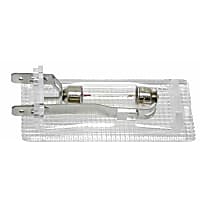 GenuineXL Trunk Light
GenuineXL Trunk Light
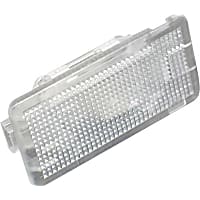 GenuineXL Trunk Light
GenuineXL Trunk Light















